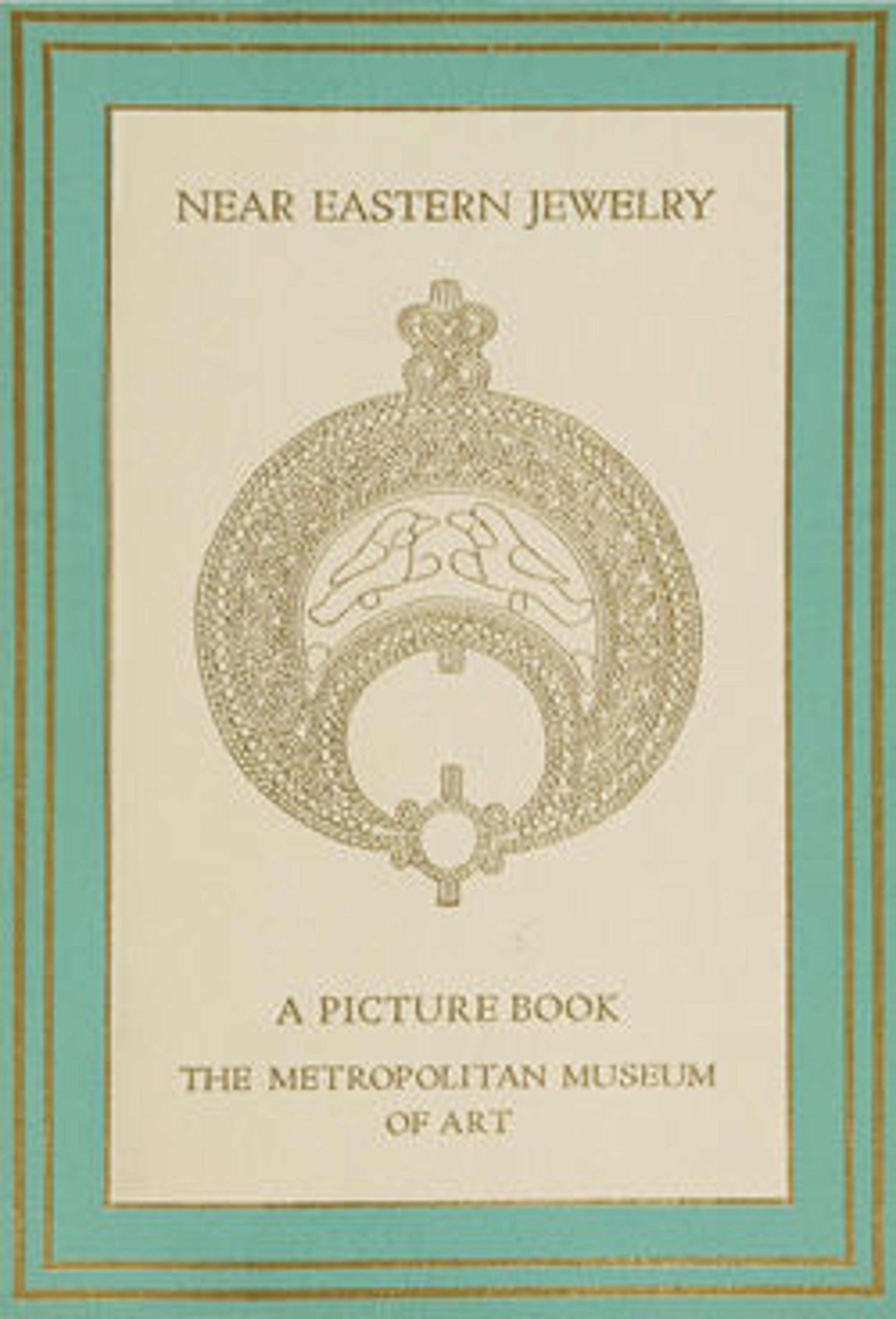Seven-Stranded Necklace (Satlari)
This seven stranded necklace, or satlari, was made in the city of Hyderabad in the Deccan region of India. Each strand holds a central pendant composed of a pearl drop surrounded by red, green, and colorless stones and enamel. In the early nineteenth century, this type of necklace was adapted by the French jewelry company Cartier, which began producing satlaris for wealthy Indian patrons.
Artwork Details
- Title: Seven-Stranded Necklace (Satlari)
- Date: 18th century
- Geography: Made in India, Hyderabad
- Medium: Gold, enamel, pearls, rock crystal
- Dimensions: Ornament: H. 12 1/4 in. (31.2 cm)
W. 7 1/2 in. (19 cm) - Classification: Jewelry
- Credit Line: John Stewart Kennedy Fund, 1915
- Object Number: 15.95.72
- Curatorial Department: Islamic Art
More Artwork
Research Resources
The Met provides unparalleled resources for research and welcomes an international community of students and scholars. The Met's Open Access API is where creators and researchers can connect to the The Met collection. Open Access data and public domain images are available for unrestricted commercial and noncommercial use without permission or fee.
To request images under copyright and other restrictions, please use this Image Request form.
Feedback
We continue to research and examine historical and cultural context for objects in The Met collection. If you have comments or questions about this object record, please complete and submit this form. The Museum looks forward to receiving your comments.
